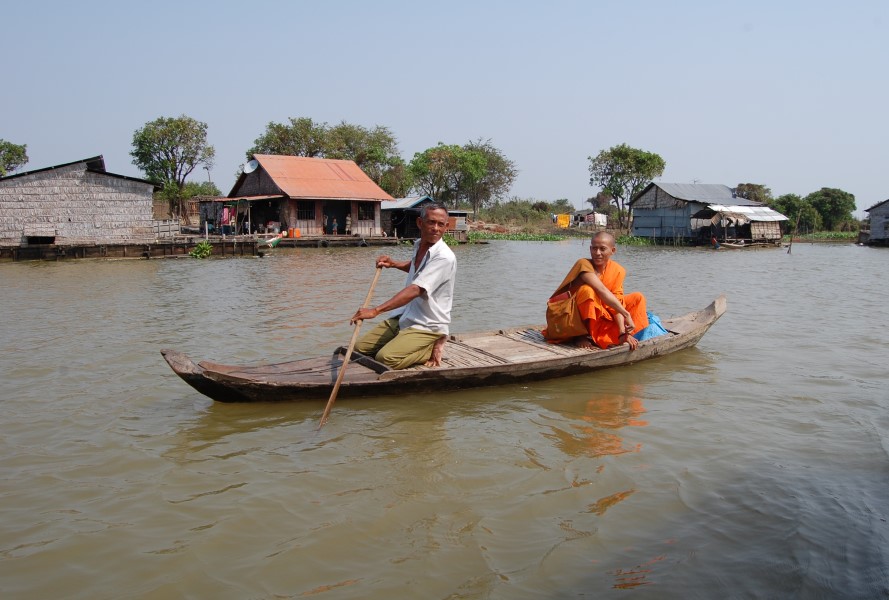Tonle Sap is the largest freshwater lake in SE Asia. Literally, Tonle translates to English as “fresh” and Sap translates as “lake”. However, the most important significance of the lake is that it’s fishery sustains the livelihoods of over 1,000,000 inhabitants who live in the surrounding provinces. Additionally, Tonle Sap was the food source that sustained the ancient Khmer city of Angkor. It is no coincidence that the location of Angkor was in close proximity.
Water Surges from the Mekong River
The eponymous Tonle Sap River is the 75 mile long connecting link between the Mekong River and its source (Tonle Sap). Therefore, when the Mekong enters its seasonal flood stage the result is that the Tonle Sap river reverses course. As a result, the powerful Mekong River massively overpowers the water flowing downstream from the great lake.
Indeed, the water is now flowing into Tonle Sap instead of exiting it. Therefore, the size of the lake fluctuates greatly during the year. As a result, Tonle Sap is metaphorically referred to as the “Heartbeat of Cambodia” due to the expanding and contracting of the lake.
Subsistence Fishing on Tonle Sap and its Tributaries
The local villagers primarily use nets to capture the fish. Mostly, the fisherman do everything manually although a few of them are able to afford more automated equipment. Unfortunately, many families who rely on fishing do not have access to the more modern equipment.
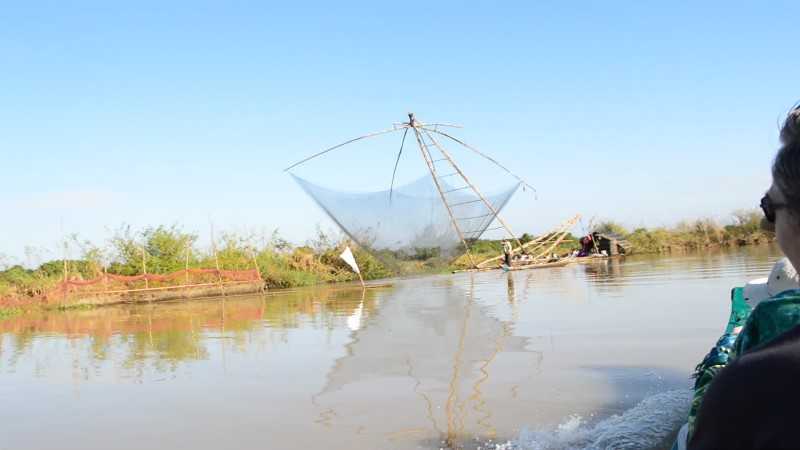
In contrast, the vast majority of the village fisherman must manually work their nets. As a result, the fisherman’s net is tethered to the shoreline or to their boats. When traveling up the tributary rivers avoiding the positioning of these nets is like traveling through a maze. Indeed, it is dangerous and there have been fatalities when accidents occur.
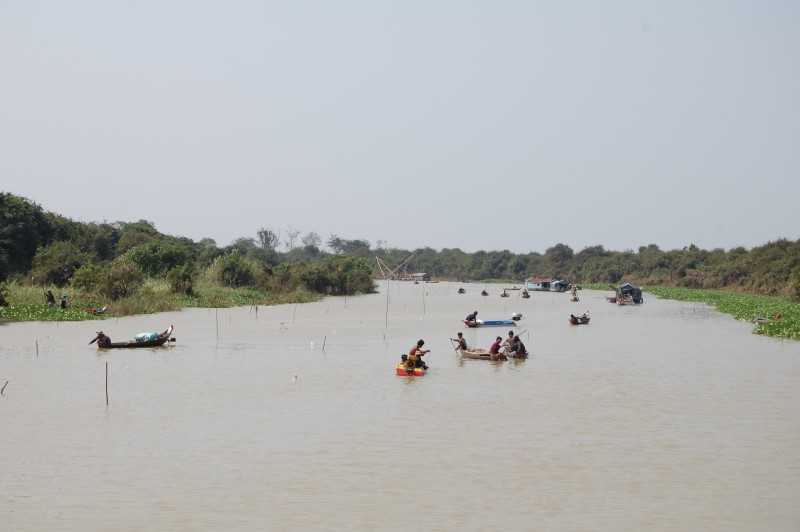
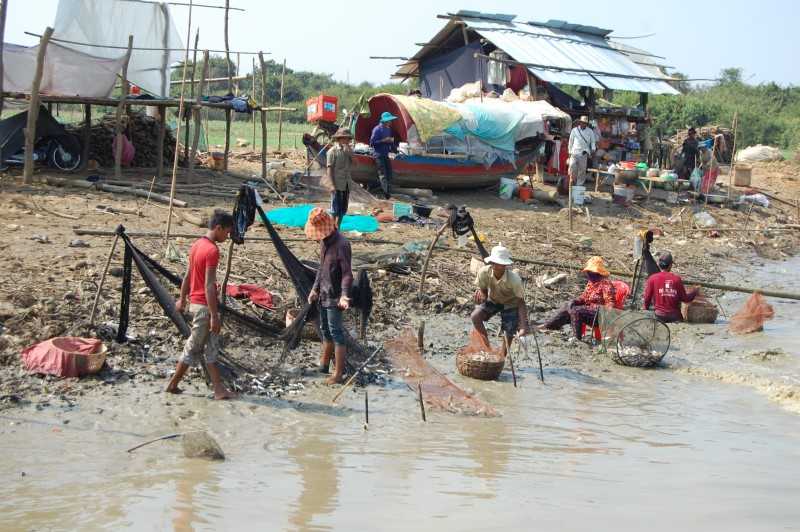
Although it would be considered a delicacy for most of the locals, other food sources such as small turtles and snails are also consumed.
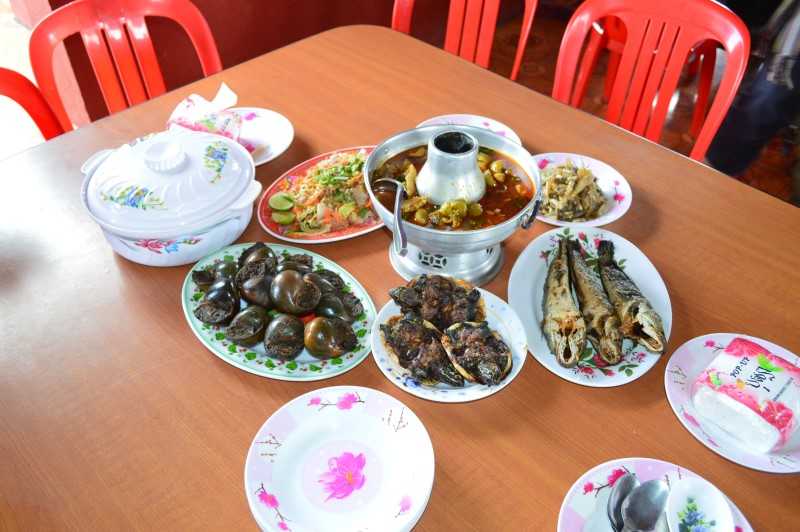
Is the Tonle Sap Fishery Sustainable?
Unfortunately, the sustainability of the local fishery resources is not certain. As of 2007, the Tonle Sap’s largest commercial fishing operations reported that their annual catch has been consistent year over year. However, the subsistence fisherman report that their annual take has dropped by 50-70% over the previous decade.
Furthermore, fishermen on Tonle Sap report that they catch a much larger proportion of smaller fish species compared to the larger fish species. As a result, the fishery resources are being depleted and they are not being maintained for the future.
Traveling Tonle Sap Tributaries
There is a ferry service that operates in between Siem Reap to Battambang. The route passes across the northern tip of Tonle Sap lake and enters the tributaries in order to get to Battambang.
Indeed, the passenger ferries operating this route are known to be careless when passing the small fishing boats. Unfortunately, the passing ferry creates a large wake that can easily tip over small fishing vessels. As a result, fatalities occur every year because of this problem. This is because the wake capsizes the smaller fishing boats and the occupants drown in the river.
However, the tributaries create multiple hazards for the passenger ferries. As a result, the passenger ferries can become stranded on mud banks or the propeller can get entangled in river plants.
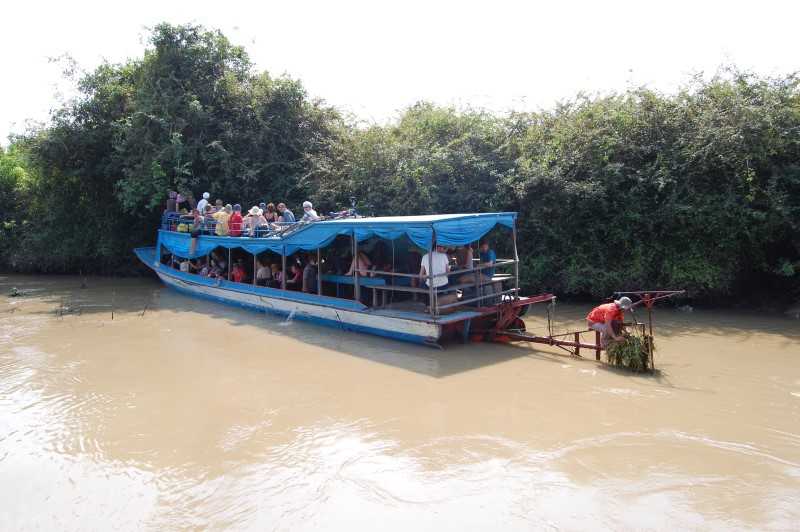
Local Villages Adapt to Fluctuating Water Levels
The reversal of the Tonle Sap river results in a massive increase in the size of its tributaries. Therefore, villages surrounding the great lake must be able to stay above the high water line. As a result, the construction of the houses and public buildings in the local village Prey Chas reflect this necessity.
Indeed, the local primary school was constructed 15 feet above ground to stay above the flood line. Alternatively, buildings that are not elevated must be able to float on the water surface or they will become inundated during the monsoon season.

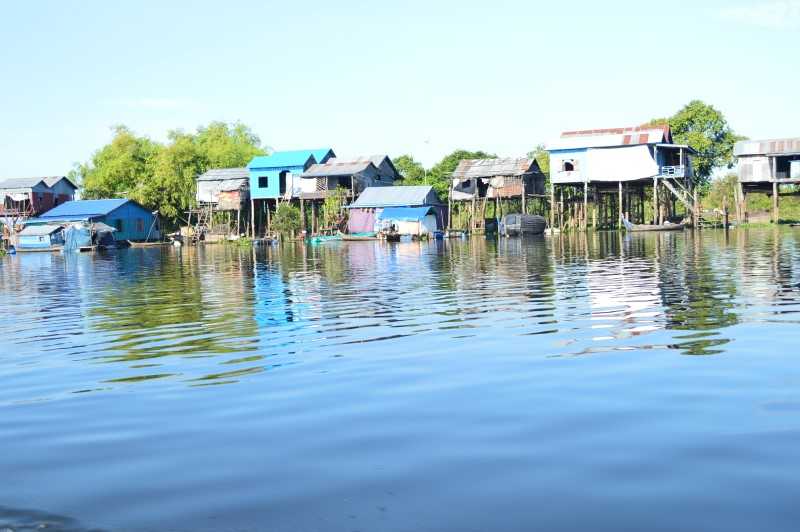
Survival of Tonle Sap and its Communities
Sustainability of the Tonle Sap fishery is essential for the survival of the inhabitants of the surrounding provinces. Unfortunately, the Cambodian government has limited resources to regulate over fishing. As a result, it is possible that the commercial fishing industry is under reporting their annual catch. If so, this would explain why subsistence fishermen are reporting sharply dropping catch levels. The pass on effect is that subsistence fishing now requires significantly more effort to procure enough fish to survive on.
I last traveled through the area in November 2014 to attend the school opening. We made use of small open boats and I was astounded by the number of fish that were apparent to the naked eye. This was because small fish were literally jumping into the boat as we traveled over the water. Fortunately, the virility of the Tonle Sap fishery seems to be holding up for now!
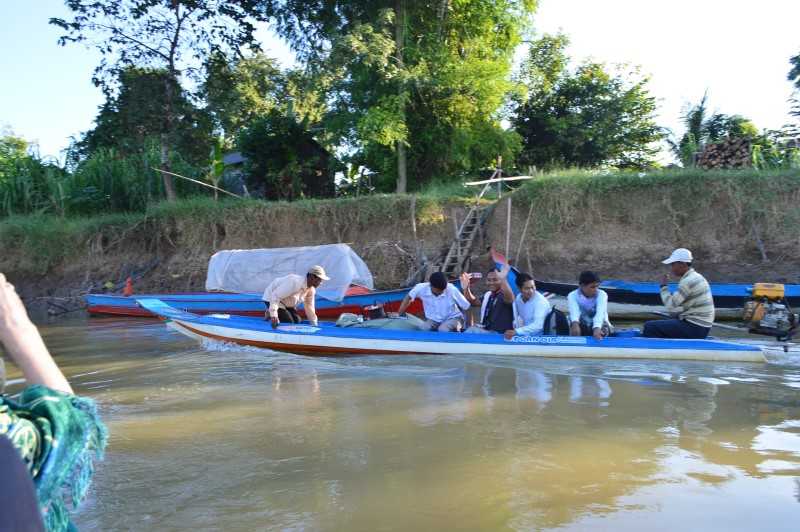
Helpful Resources:
- https://www.internationalrivers.org/resources/protecting-the-fisheries-of-tonle-sap-lake-1742

